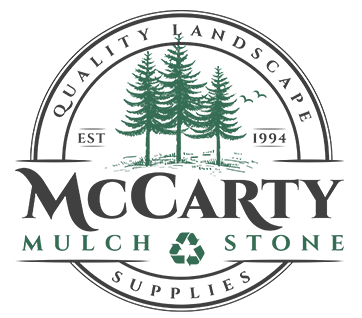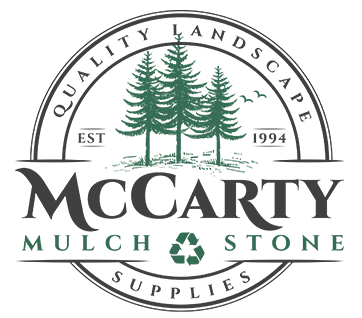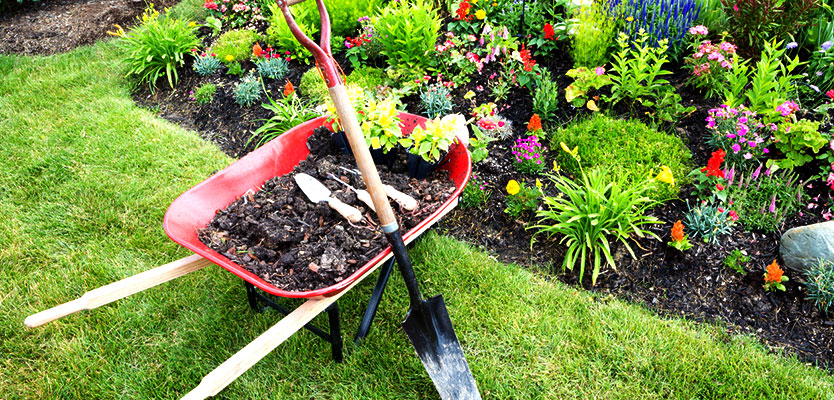Get Your Garden In Gear For Spring Planting
If you feel the urge to jump into your garden, spade out, and ready to dig into the early Spring’s ground, stop for a moment and ask yourself, Is my garden quite ready? Before you pour seeds into the soil to your heart’s content, you should take some precautions to be sure you’re going to get the best results from the new year of planting.
A new garden should be placed in an area that gives you the best guarantee of a prolific harvest. Choose a location with reasonably level ground, a nearby water source, plenty of sunlight for at least 6 hours in the day, and protection from winds or debris. Drainage is an important factor as well, make sure water can drain out of your garden without trouble.
Basic Cleanup and Maintenance
Start cleaning your garden area about a month before planting so the rest of your work can go on smoothly. Be sure your tools are clean, and in good condition. Lots of everyday gardeners are unaware of the fungus or insect eggs that can spread when they use dirty tools. It is also essential to keep your flower beds clear of fallen branches and leaves. If you compost, go ahead and throw those leaves in! Any remaining live weeds should be your main concern though, they need to be burned or added to a compost pile before their seeds have a chance to germinate.
Late winter/early spring is a prime time to prune back any overgrown shrubs or trees because you have direct access to the branch structure before any buds break dormancy. This gives you the opportunity to shape up your plants so they can grow nicely. Cutaway all decayed and dead wood and remove any withered foliage that has been hanging on from the past year. This is also a great time to transplant trees or shrubs that need relocation before they begin to bud, they’ll be able to flourish gracefully with a fresh, neat start. To reiterate, make sure your shears are clean as to not spread any diseases around your garden! Some isopropyl alcohol and a washrag can sterilize them.
Preparing the Soil
Once your soil is workable and the frost of the previous season has lifted, you can begin working with your garden beds. Soil tends to become compacted in the winter, so you can till it or turn it with a sharp spade or a tiller tool to loosen it back up if you are not using “no-dig” techniques. Any well-composted leaf litter or mulch can be mixed in but be sure that none of it is too fresh. If you don’t make your own compost, you can buy bulk compost from nearby suppliers. We recommend our garden compost or planters mix. Remove any remaining bits of weeds, debris, or any large stones that may have rested there throughout the winter until you have soil with a crumbly, soft texture.
Soil testing is important for understanding what your pH and nutrient levels are; this information can tell you what kind of composting material you might want to add. Poor quality soil should be given a layer of healthy compost for improved moisture retention, nutrient content, and overall texture. Make sure to rake the soil and water it lightly afterward to release air pockets and help it all settle.
Early Planting
You may have to keep yourself from planting directly into the garden right away, though it can be hard to resist. Many plants struggle to grow if they are simply planted right into the soil. They can be started indoors in the weeks leading up to spring to ensure their health. Hardier plants like potatoes, onions, and other vegetables are ready to be planted now. Make sure you do your research for the best care of your plants.
Mulch
A freshly mulched garden gives your yard a beautiful and tidy look and it’s also an effective way of keeping weeds from becoming established in your garden. Not only that, mulch serves many other purposes in a garden; it helps feed your soil and vegetation with organic matter, improves the drainage of the soil, improves fertility, and gives the soil a great texture.
Don’t be afraid to apply a generous amount of mulch wherever you can. Cover any bare spots and try to build a 2-3” layer before the weeds have a chance to sprout. If you’re worried that planting any seeds under this layer might be risky, starting your seeds indoors is a surefire way to avoid this issue. An important point to remember is to not mulch your garden too early in the year. If any frost is still covering your soil, give it a few weeks as the weather begins to warm up as to not trap the cold moisture and prevent the soil from properly drying in the spring, it could also delay the sprouting of your young plants.
Fertilizer
There are three primary nutrients that plants take in. These are nitrogen, phosphorus, and potassium. Garden fertilizers are meant to provide a healthy amount of these nutrients to ensure healthy growth and development for the coming seasons. It is vital for every gardener to understand how their plants benefit from fertilizer.
- Nitrogen promotes a healthy green color with strong leaf and stems growth as desired in most herbs and vegetables.
- Phosphorus benefits early plant growth and healthy roots, including developing fruit, seed formation, and new blooms. It is essential for any edible that grows after a flower has been pollinated.
- Potassium enhances the flavor of edible plants and promotes root strength while also developing resistance to disease and stress.
Chemical or synthetic fertilizer is what you will most commonly find in your nearby garden supply store, just avoid applying an excessive amount of either of these types. It can reduce the availability of other elements and damage roots, not a great start to your garden’s year. Organic fertilizers aren’t as potent and release their benefits slower than the alternatives, so they are less likely to burn your plants. Organic fertilizers can also improve the overall soil structure and encourage any microorganisms that will benefit the soil’s health.




